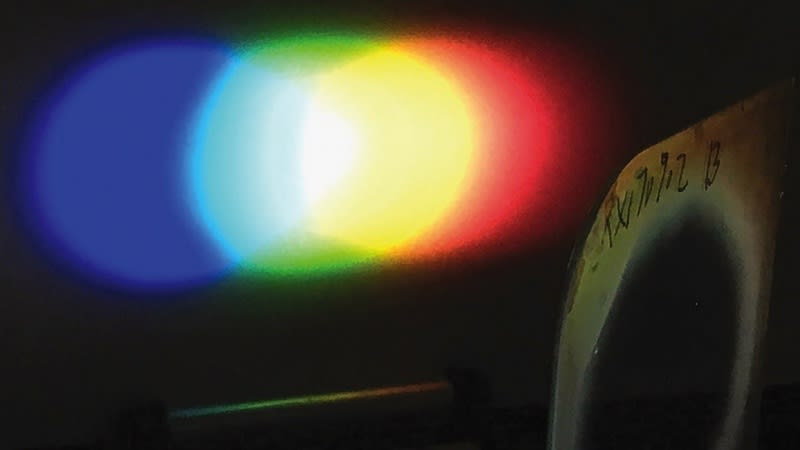Imagine cell phones with 3D floating displays, or credit cards with three-dimensional security markings.
By using just one layer of nanoscale metallic film, researchers at Missouri University of Science and Technology have reconstructed 3D full-color holographic images. The technique supports biomedical, security, and big-data storage applications.
The ultrathin, nanometer-scale metallic films feature metasurfaces that can manipulate the wavefront of light.
Experimenting with the interplay of red, green, and blue laser light on metasurface structures, the Missouri S&T team demonstrated clean and vivid holographic images with high resolution.
To create the metasurface hologram, the researchers used a microfabrication process known as focused ion beam milling to puncture the 35-nanometer thick aluminum film and create tiny, rectangular slits. The drilled-out holes had various orientation angles.
Under a scanning electron microscope, the hologram looks like a needlepoint pattern.
“By adjusting the orientation angle of the nanoscale slits, we are able to fully tune the phase delay through the slit for realizing the phase modulation within the entire visible color range,” said Dr. Xiaodong Yang, an assistant professor in mechanical and aerospace engineering at Missouri S&T. “The amplitude modulation is achieved by simply including or not including the slit."
To achieve the high resolution, the holograms contain both amplitude and phase modulations at nanometer scale.
Also: Read more Imaging tech briefs.





















